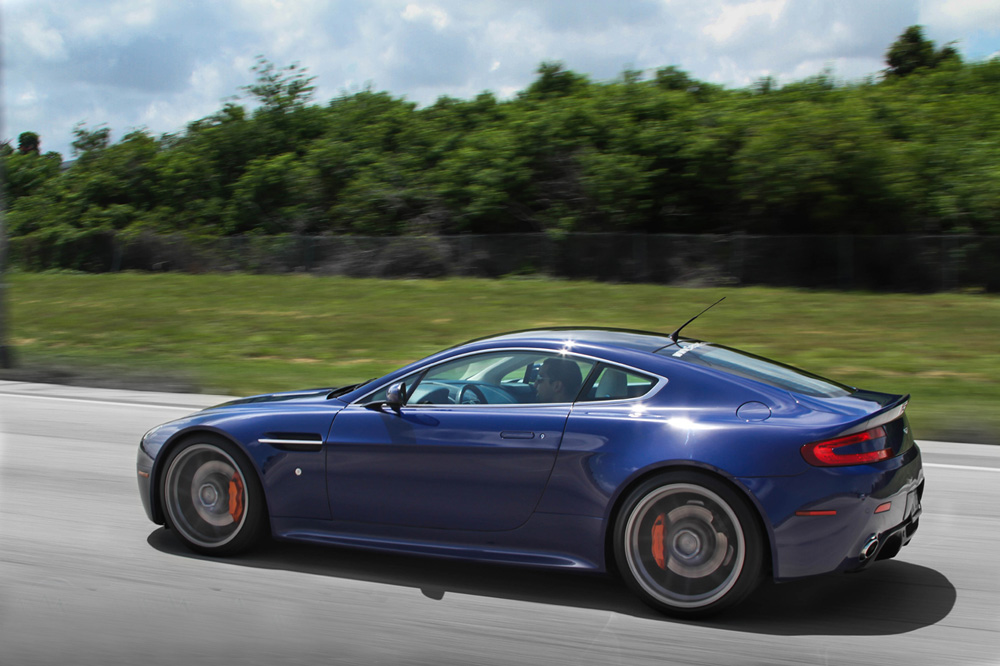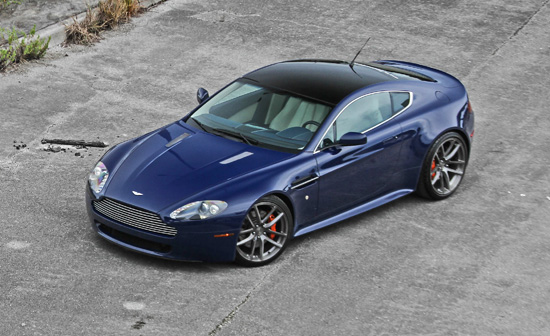After having had 2 different Aston Martin V8 Vantages as project cars: Project Blue Wave & Project Heaven, we decided it may make sense to let others know about our experience and the ownership costs of what quickly became a great newcomer in the daily driven exotic car category. While Porsche dominated this segment for years, Aston Martin provided clients with potentially a great alternative to the more traditional 911 that many no longer consider an exotic.
Despite the fact that the Vantage will keep up with a Porsche 997 S in its stock form, it will certainly do much more for you in terms of balance than a Porsche will. The Vantage is primarily built on Jaguar and Volvo parts, meaning it is ultimately a Ford underneath with a very expensive suit on. While that may sound like a terrible thing at first glance, it also is one of the best reasons to consider a Vantage for your next daily driver as most of the basic wear and tear parts can be had at great prices for fractions of what it would cost on a Ferrari or Lamborghini. Yet the experience in terms of exclusivity is not far from it. While the car lacks in immense performance, it makes up for it with class, beauty, exclusivity, and fun factor.
Photo credits: Thomas van Rooij
Photo credits: Thomas van Rooij

Both of our project cars were 2007 model years. Both had all the premium options like SATNAV, and upgraded audio which are “must have” options if you venture down the Aston path. There are 3 generations of Vantages: The 2006-2008 4.3L V8, the 2009-2010 4.3L V8, and the release of the Vantage S and V12 Vantage in late 2010. While the later models are formidable with many of the shortfalls of the earlier models addressed, the earlier cars between 06-09 are some of the best values on the market and will be the core focus of our buyer’s guide.
Photo credits: Karsten Groeneweg
Photo credits: Karsten Groeneweg

The car is extremely cheap to maintain and most the maintenance can be done by a great independent mechanic shop. The basic maintenance you will need are your oil changes which cost under $150, brake flush which is no different than an Acura and costs $120 at most, etc. The last thing, if not done by a previous owner, is your differential fluid for $300 every 4 years. The filter on the other hand requires the removal of the front under panel which ends up being a 2 hour job at most. Most of this maintenance can be done fairly easily and doesn’t require any type of engine removal. Brake pads are also cheap and can be bought from alternative tuners like Velocity AP which is great for aftermarket support or simply improving your car’s existing functions. There is also quite a bit of great aftermarket repair support straight from the UK through Aston Martin Bits which provides new and used parts for all Aston’s at about 60% of the dealer’s MSRP.
Photo credits: Alexis Goure
Photo credits: Alexis Goure
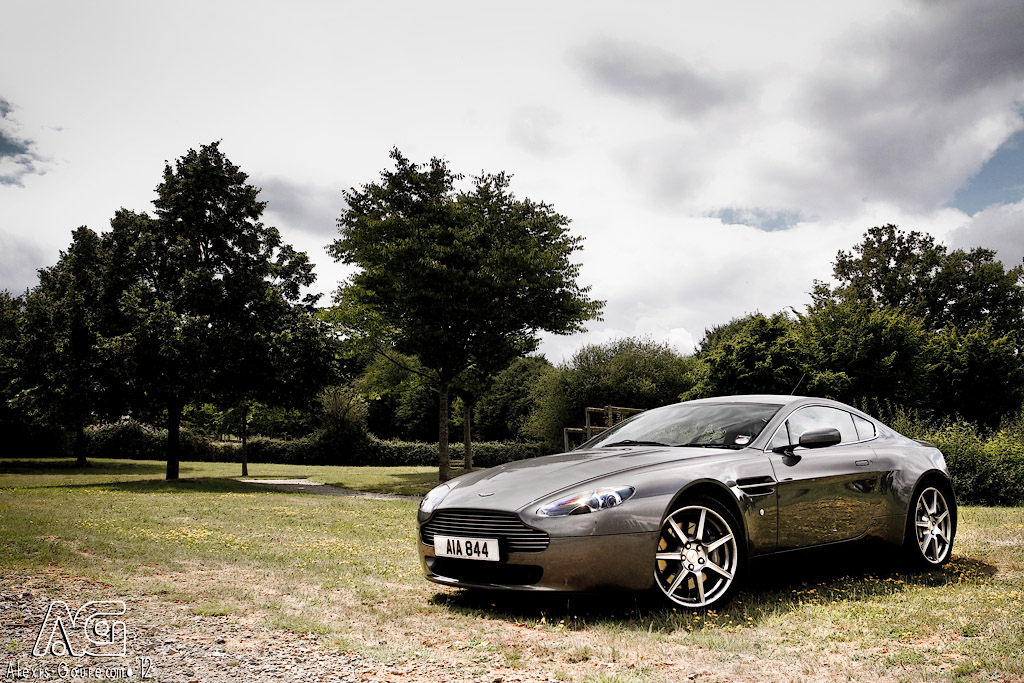
There are a few areas that seem to be common issues on the majority of pre 2009 models, and a few issues that all year Astons seem to have. The leather is very sensitive to sun and weight. While the interior is very refined and beautiful, the leather is hardly usable as the car is. You will notice significant wear in your seats with less than 20k miles on the clock, without mentioning areas of the dash directly exposed to the sun which start coming loose after 3-4 years. There is also the NAV system which is usable, despite the terrible DVD based maps. The actual unit seems to rattle frequently when in closed position and small creaks can be heard as you drive.
Photo credits: Alexander Krasnikov
Photo credits: Alexander Krasnikov
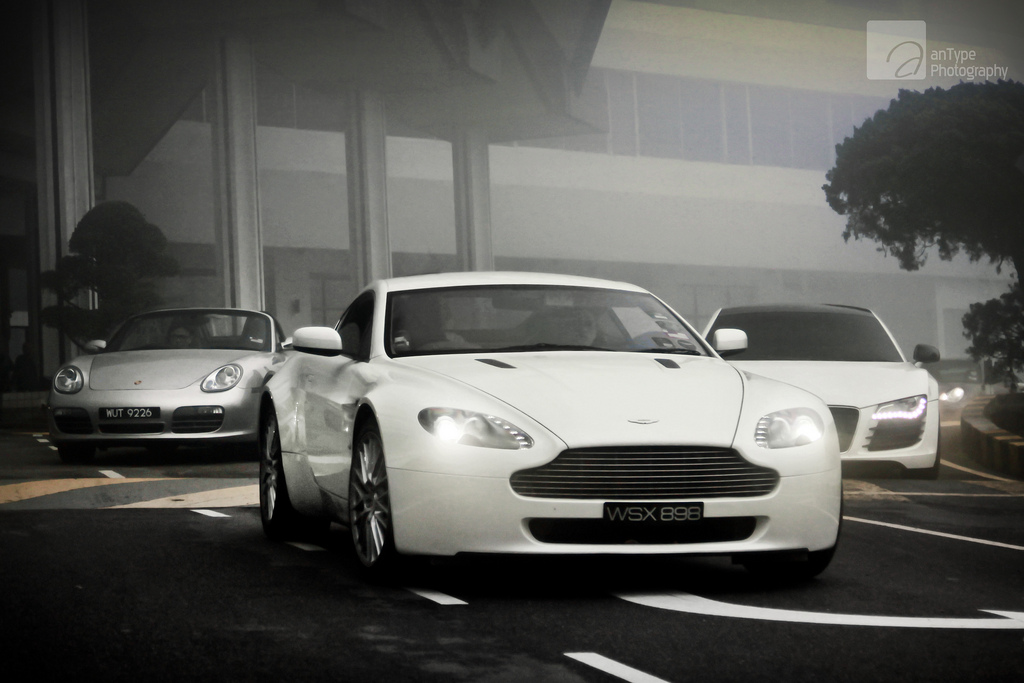
The 02 sensors are another defect that Aston Martin dropped the ball on, the pre 09 cars run very rich in fuel making them eat up 02 sensors badly and quickly. Each sensor is about $230 bucks from your local dealer, and often the two primary ones go bad making them a mandatory fix. The rear boot over time is also an area that is known to be problematic but can be fixed easily for free. There seems to be a drainage issue of water when it rains directly on the car accumulating water in the boot itself and releasing it in the trunk instead of outside. This can be fixed by using an air gun to clean the boot from time to time.
Photo credits: Coconut Photography
Photo credits: Coconut Photography
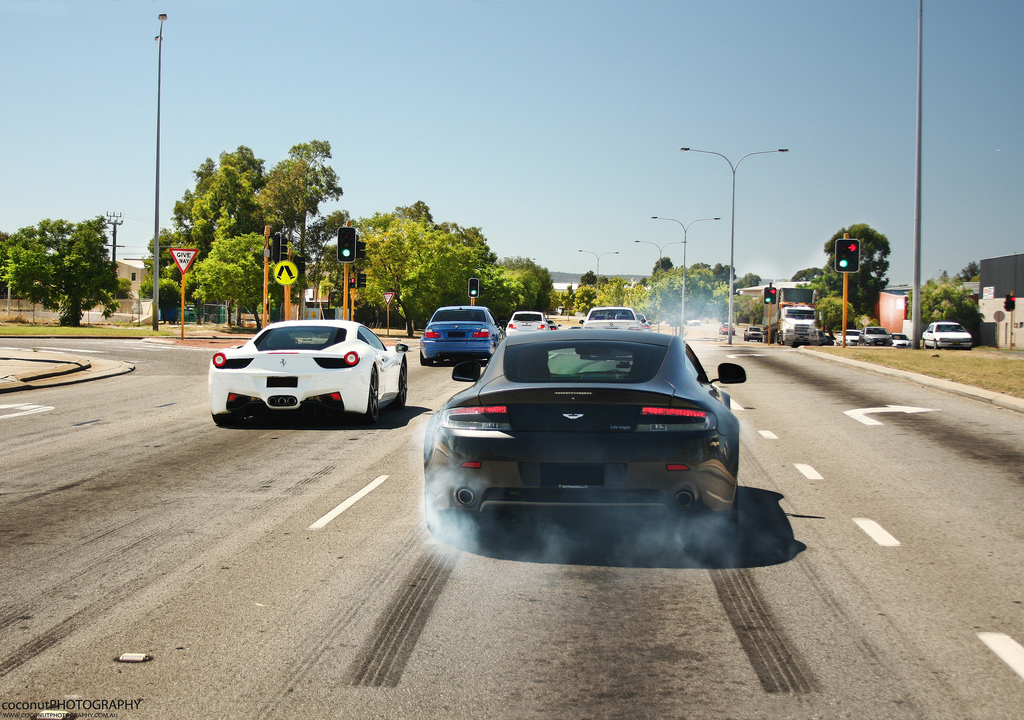
The 4.3L is under 400HP and quite slow, especially if performance is a priority. Both of our cars dynoed in lower 300HP range at the wheels and didn’t really impress us until we installed the power pack by Velocity AP. This $9000 upgrade is the perfect solution to bringing your 4.3L to 4.7L power and speed. We personally enjoy the 4.3L’s interior as the 4.7L interior seems to be slightly more plastic looking. There is one advantage, however, to the newer model years and that is what Aston calls the emotional control unit which is the crystal key that the DBS has which is standard in 2009 model years and up. This is a great upgrade from the cheap Volvo key that has been re-covered in leather for the earlier model years. While it is awesome to have a crystal key, it also costs over $1000 to replace if lost so guard it well.
Photo credits: Ansho Bijlmakers
Photo credits: Ansho Bijlmakers
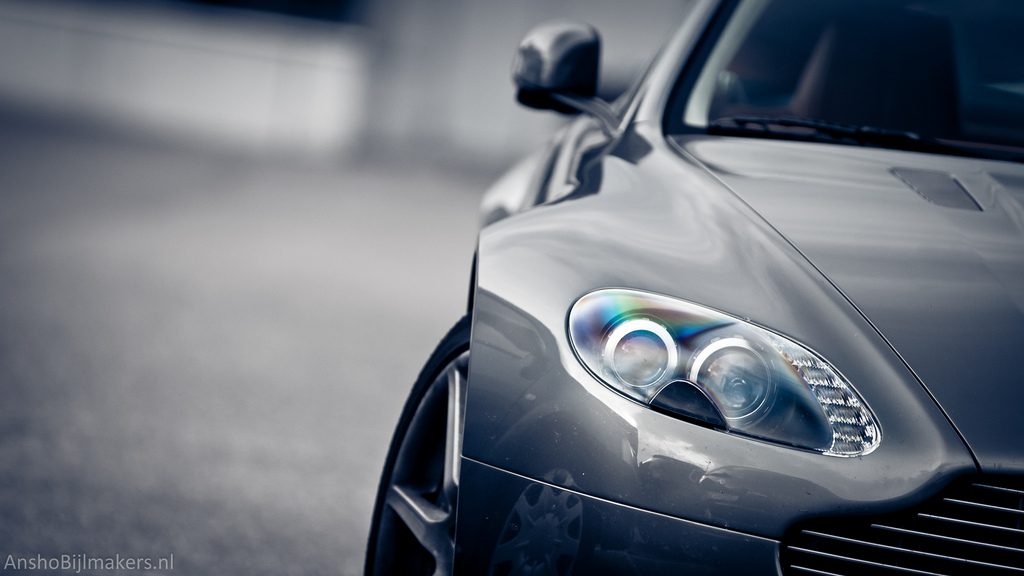
You should also be aware that the sport shift feature in all Vantage models outside of the Vantage S or V12 is pretty much garbage and shifts slower than a Maserati. Simply terrible and something to stay away from. Thankfully Aston still offers a popular 6 speed manual with a strong clutch if driven properly. The final tip to keep in mind during your test drive is the infamous traction control which seems defective in every model but is far from it. You simply have to hold the button down for over 10 seconds until the car takes the traction control off and allows you to go tail happy.
Photo credits: Gil Folk
Photo credits: Gil Folk
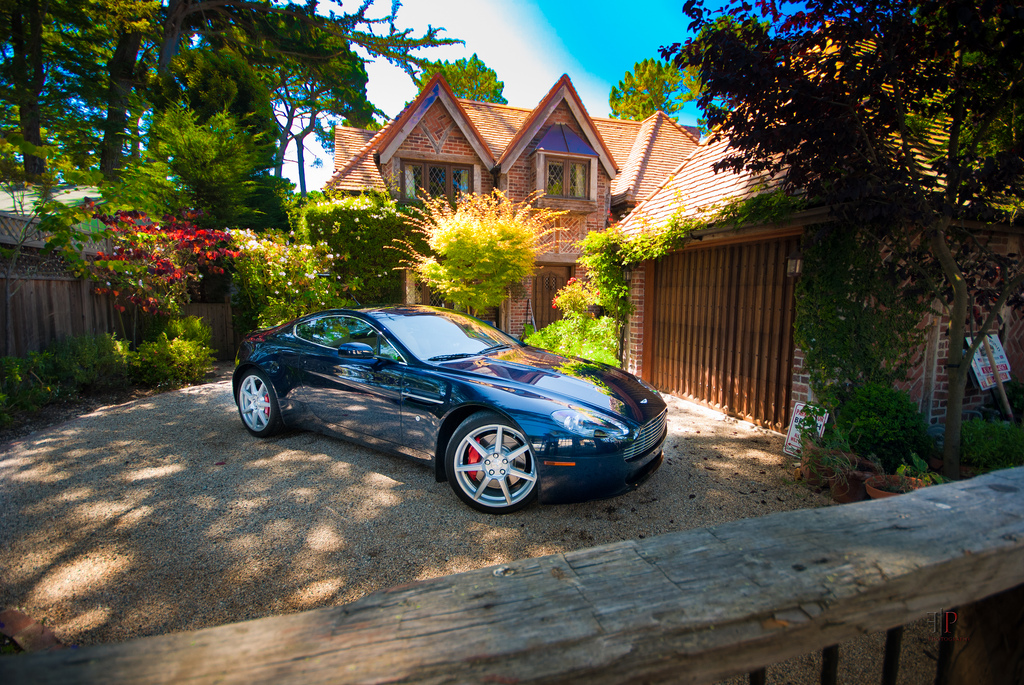
We have found that despite all the minor issues the pre 2009 models have, the value is simply better than other models. Beware of early 2006 models as they had terrible seat designs and were notorious for differential issues. Even though you can buy a nice 06 for right about $52K, we urge you to take caution and ensure it has not had a history of issues. The 2007-2008 model years seem to be the sweet spot at $60-$65K for a great low mileage example. If you do decide to go for the 4.7L model, go to the 2009 models and you’ll find spectacular vehicles including convertibles in the mid $70k. The best way to buy these cars is to buy an 07-08 with under 10K miles, drive it up to 20K miles and sell it at a minimal to no loss.
Photo credits: Christiaan Ploeger
Photo credits: Christiaan Ploeger
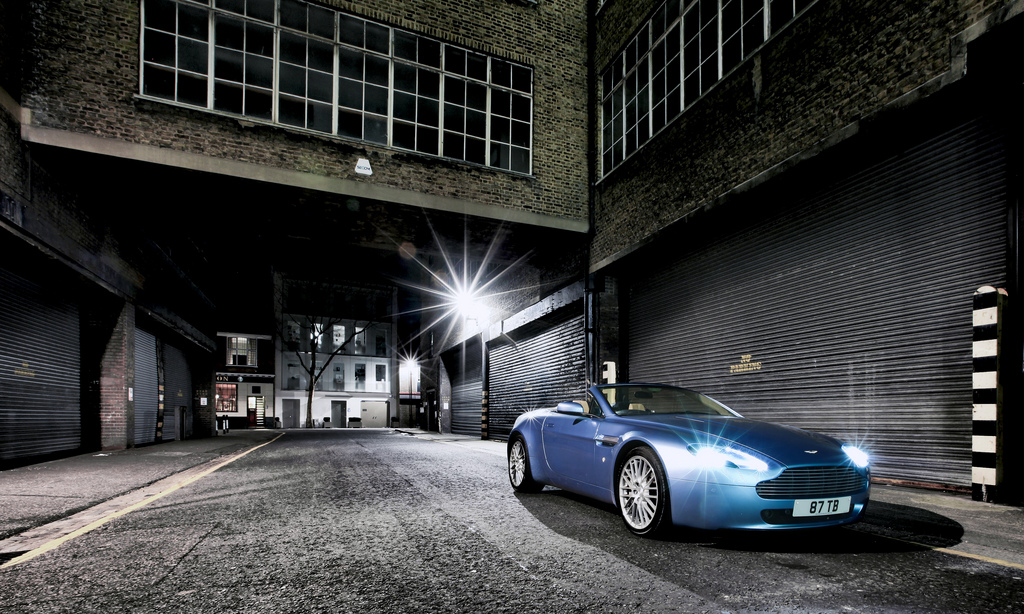
All in all, the Vantage has become one of our favorite exotic cars we have owned in terms of comfort, value, and drivability. We like to think of this car as the opposite of the 911. Every time you drive a 911 you are reminded of why you bought one to begin with, and every time you step out of your Vantage and look back, you remember why you wouldn’t trade it for any other car. There simply is not a better designed car that looks like a $200K car for $60K.
Photo credits: Damian
Photo credits: Damian
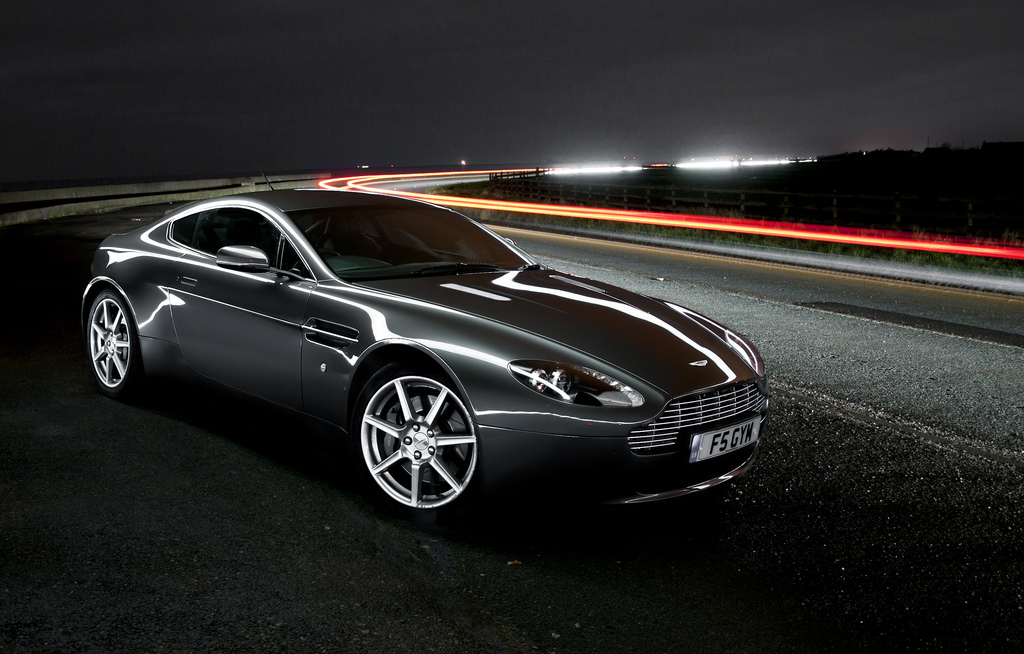
We bought our first V8 Vantage using our system for $63,000 when it was listed for sale at $78,000 thus an instant savings of $15,000. We then drove our car for 12 months and added about $6,500 worth of aftermarket products from performance to carbon fiber accessories. We financed our car via a local credit union using our strategy, so we were able to land a rate of 1.99% for 84 months. After 12 months, we listed the car as-is with all the parts on it and had roughly about $72,000 invested. The car was sold in 21 days for $81,000. Taking in consideration for our insurance and maintenance, we roughly walked away with $8,000 which broke down to $700 per month.

Our second V8 Vantage, also a 2007 but purchased 2 years later, was bought at $61,000 and sold in 13 months at $54,000. While there was a loss of $7,000, we managed to put 22,000 miles in one year on that car, and with the tax write-off described in our system, we were simply able to lower that loss to $4,100 which when divided by 13, means we drove a $120,000 MSRP Aston Martin for less than the lease on a Volkswagen Passat. That’s including our maintenance, repairs, and insurance. Don’t forget that. Learn more on leveraging exotic cars at Exotic Car Secrets
